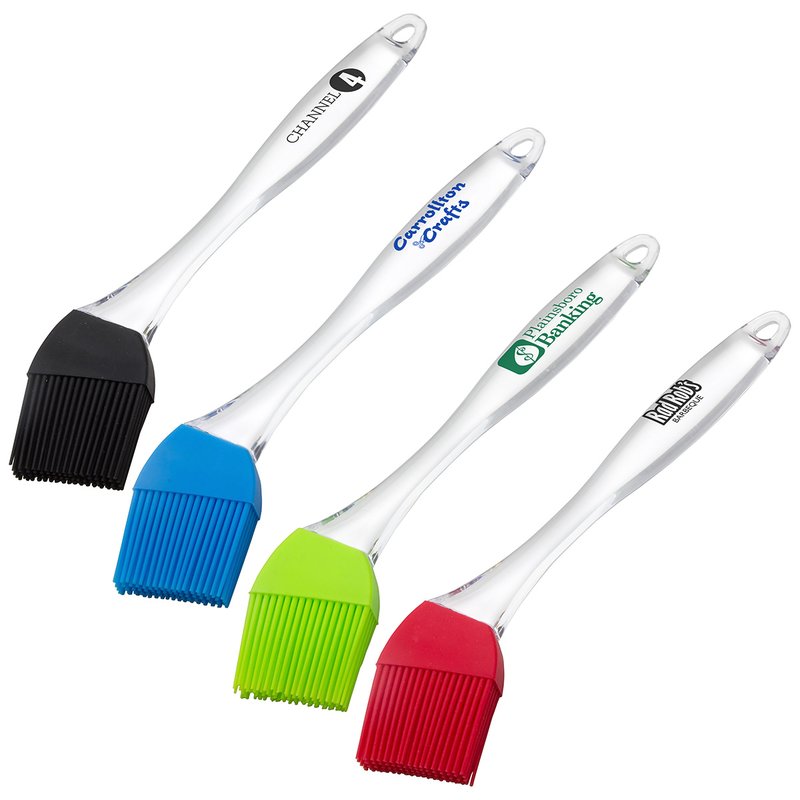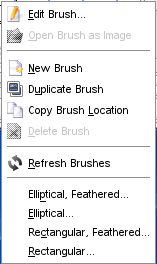

Hold Ctrl when picking a new alpha from the toolbar to assign it to the masking function. Invert a mask by holding Ctrl and clicking on a blank area of the canvas, or by clicking invert in the mask palette.Ĭtrl + Alt + Click to ‘unpaint’ parts of a mask.Ĭtrl, Click and Drag on a blank area of canvas to completely erase an active mask.Īlphas and strokes can be applied, again like stencils. Hold Ctrl and make a brush stroke to mask an area of your model. this will appear as a dark area on the model, which cannot be sculpted on. Used to isolate certain pieces of a model, by painting a mask over it.

‘colour spray’- lots of random brush stamps where you click. Strokes: ‘freehand’- like drawing with a pencil ‘dragrect’ – create a stamp of your brush the size of the rectangle you pull.
Brush quickmenu location skin#
They alter the shape of your brush.Īlphas are a good way to simulate skin and textures, and you can make your own. Certain brushes use certain strokes and alphas by default. Using an alpha is like painting with a stencil. (When open, click a letter to isolate those named brushes. Affectied by the z intensity sliderĬtrl + Shift: Use the current Selection brushī key: Bring up brushes menu. Shift Key: Smooth model by holding shift and clicking. This can also be found under the transform tab along the top of the window. X key: activates and deactivates symettry mode when scultpting. Ie- adding or subracting clay from your model. ‘Alt’ key: alternates strokes between zadd and zsub modes. To do this, simply click on the ‘Document’ tab at the topof the screen, and adjust the Width slider. Therefore if you zoom in close to your model, you may not be able to adjust the camera.īy making the canvas smaller, you leave a gap between it and the toolbars, which can also be clicked on to ove the camera. The reason for this is that because of Zbrush’s (frankly terrible) UI design, you need to click on an empty space to rotate, zoom etc. You should resize your canvas so that there is a little bit of blank space either side. zbrĪ handy tip to remember is that the canvas itself, or the ‘viewing window’ through which you see your model, can be resized. Tools are 3d- if you revert to 2.5d mode, you will be saving a zbrush document, with file type. Tools contain all info such as subdivisions, poly paint etc and can be saved in the ‘tools’ palette as a. ‘Preferences > Init Zbrush’ resets all docs and palettes to default settings. Left and right shelves can house individual palettes from the toolbar at the top.Ĭlick a palette and drag the circle icon onto the shelf to dock it.Ĭtrl + Alt to drag any individual tool to dock it on the toolbar (for quick access).

Zoom model by clicking alt, then dragging mouse on a blank area of the canvas. Move model by holding alt, then dragging mouse on a blank area of the canvas. Hold the shift key and drag to snap to specific views- front, top etc. Rotate model by dragging mouse accross a blank area of canvas in edit mode. When you first place a premade primitive on screen, you must click ‘Make Polymesh 3D’ to be able to edit it.Ĭlick and drag through history bar underneath ‘zadd’ tools etc. Or press ctrl + N to clear canvas and draw a new base tool. Could 2.5 d mode be useful for creating textures and normal maps?Įdit mode: (shortcut ‘T’).

Clicking and dragging will create a myriad of instances of the same ‘tool’. press ‘comma’ key to open it.ĭraw mode: 2.5d mode where you can drag out ‘tools’ or paint with brushes onto a flat canvas (like clay on a glass pane). Lightbox: Where tools, brushes demo models etc can be found. Space Bar opens a small quick menu of most common features. This is a condensed reference guide from the video tutorials available on the Pixologic website.Ĭtrl + N– Clear Canvas (When not in ‘Edit’ mode)


 0 kommentar(er)
0 kommentar(er)
